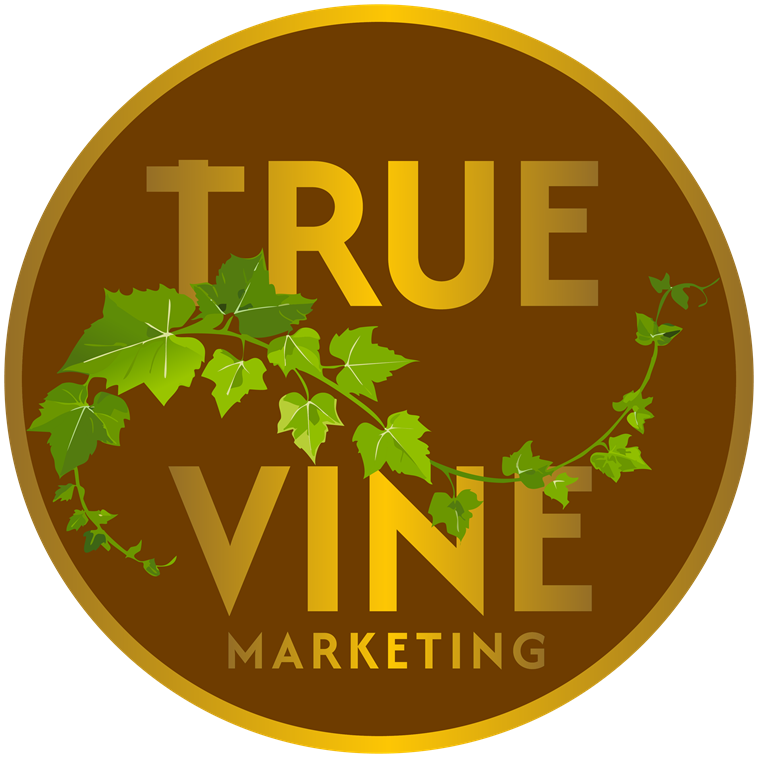Strategic brand partnerships can create valuable opportunities to grow market reach, enhance credibility, and, most importantly, increase sales revenue through shared audiences and real-world collaborations. Especially in environments where face-to-face interaction, community reputation, and direct sales matter most, partnering with local or complementary businesses offers advantages that digital advertising alone cannot match.
This article explores why and how businesses, particularly those still growing, can benefit from creating brand partnerships to drive sales performance. We’ll look at practical examples, highlight the benefits of partnerships, and show how they can be integrated with direct marketing techniques and strategies to generate real revenue growth.
What Are Brand Partnerships?
Brand partnerships are collaborations between two or more businesses that join forces to promote each other’s products or services. These relationships can take many forms: from co-hosted events to joint promotions, bundled products, or co-branded campaigns.
In the context of local businesses or companies focused on direct sales, these partnerships often happen offline and face-to-face. Unlike influencer marketing or online affiliate programs, these partnerships are designed to impact the customer journey at the point of contact in stores, at events, or in physical community spaces.
For example, a local fitness studio might partner with a health food café to cross-promote services. A boutique clothing store could collaborate with a jewelry designer to offer exclusive in-store bundles. In both cases, customers are introduced to another brand they’re likely to appreciate, making the sales process smoother and more effective.
Why Brand Partnerships Matter for Smaller Businesses
Smaller businesses often face limitations in marketing budget, exposure, and manpower. While digital marketing offers scalability, it can be expensive, competitive, and slow to generate returns, especially when the audience isn’t yet familiar with the brand. In contrast, local or direct brand partnerships can produce quicker, more tangible results, often by tapping into existing customer relationships.
Let’s break down how this works:
- Built-in trust: Customers already loyal to the partner brand are more likely to trust and try your product.
- Immediate reach: Partnerships let you access new audiences in your geographic or niche market without starting from scratch.
- Shared costs: Many joint initiatives divide promotional costs, making marketing more affordable.
More importantly, these collaborations often happen where the sale itself happens in person. That’s what makes partnerships particularly effective at helping businesses increase sales revenue.
How Brand Partnerships Directly Drive Sales
While brand collaborations can help with long-term visibility and reputation, their real power lies in how they impact actual sales numbers. Below are several ways brand partnerships convert into increased revenue through direct channels.
1. Expanding In-Person Customer Access
When two brands partner up, they create shared physical spaces, whether that’s by featuring each other’s products in their stores or co-hosting events where customers can interact with both brands. This expanded access translates into more exposure and more opportunities to sell directly.
For instance, a bakery could showcase a local coffee roaster’s products at checkout. Customers already purchasing baked goods are then encouraged to try a new beverage, and vice versa, at the coffee shop. It’s a low-risk, high-reward way to introduce new products in a familiar environment.
The result? Increased foot traffic, higher average order values, and more frequent purchases, all of which increase sales revenue without needing to attract cold leads from scratch.
2. Cross-Promotional Offers That Convert
Joint offers are a classic and effective way to drive immediate sales. By creating promotions that combine offerings from two brands, businesses incentivize purchasing decisions right away.
These deals are most successful when they appeal to the same customer needs. A mechanic partnering with a local car wash for bundled maintenance packages, or a florist teaming up with a wedding planner for package discounts, are great examples of promotions designed to convert on the spot.
These targeted, short-term campaigns can result in a measurable boost in direct purchases and overall revenue.
3. Increased Brand Credibility Through Association
When a small or newer brand partners with a more established or respected local name, it inherits some of that brand’s reputation. This phenomenon is called credibility transfer, and it can heavily influence purchase decisions.
In direct sales, where customers may be skeptical or cautious, this added layer of trust can tip the scales in your favor. Customers who might hesitate to try something unfamiliar are more likely to say yes when they see it endorsed or offered through a brand they already know.
This kind of collaboration can dramatically increase sales revenue from hesitant buyers by reducing perceived risk and increasing perceived value.
4. Product Bundling and Co-Branded Packages
One of the simplest and most effective ways to collaborate is through product bundling. This means combining offerings from two brands into a single package, often at a slight discount or with added value. These bundles make for attractive purchases that feel curated, exclusive, and convenient.
The Benefits of Brand Partnerships in Direct Sales
There are many positive outcomes from forming local partnerships, but several stand out as particularly valuable for revenue generation:
- Faster customer acquisition: Instead of cold outreach, you gain warm introductions to new prospects.
- Increased average transaction value: Bundling or joint promotions often encourage customers to spend more per visit.
- Higher customer retention: Cross-promotions introduce variety and added value, keeping customers engaged over time.
- Lower marketing costs: Shared resources mean you get more visibility with fewer dollars spent.
The benefits of brand partnerships are about creating real, trackable improvements in your bottom line.
How to Choose the Right Brand Partner
Not every partnership is the right one. To make sure your collaboration leads to increased revenue and not wasted effort, consider the following when selecting a partner:
- Shared audience, not identical products: You want to offer complementary value, not competition.
- Aligned values: A disconnect in customer service or brand voice can hurt credibility.
- Physical proximity: For direct sales, being local or able to collaborate in person is a key advantage.
- Clear mutual benefits: Both sides should gain visibility, leads, and sales opportunities from the partnership.
By being intentional about who you collaborate with, you ensure that your efforts directly translate into business growth.
Making the Partnership Work
A successful brand partnership is more than a handshake agreement. It requires planning, communication, and shared goals.
Here’s how to make it effective:
- Define the sales goals: Are you trying to move a specific product? Reach a certain revenue target? Grow foot traffic?
- Set timelines: Promotions and events should have a clear start and end date.
- Track performance: Monitor sales data before, during, and after the campaign.
- Co-create marketing materials: Use co-branded signage, fliers, and messaging to emphasize the partnership.
- Communicate regularly: Check in with your partner to review results and adjust tactics.
When both businesses are committed to the success of the partnership, the outcome is a win-win for revenue, customer experience, and brand perception.
Final Thoughts
For smaller or newer businesses aiming to compete in a crowded market, finding ways to grow without massive budgets can be tough. But success doesn’t always depend on big campaigns or flashy ads. Sometimes, it’s about joining forces with the right partners to create a bigger, stronger presence.
Brand partnerships are a powerful, practical way to increase sales revenue by combining resources, audiences, and credibility. They allow businesses to reach more people, convert more customers, and keep those customers coming back.
True Vine Marketing helps brands establish a strong foundation, refine their messaging, and expand their market presence with intentionality. Through strategic marketing solutions, we empower businesses to connect with their audience in meaningful ways, ensuring every touchpoint strengthens their impact and influence. Contact us to learn more about our marketing services and how we can nurture your business into a thriving enterprise.

